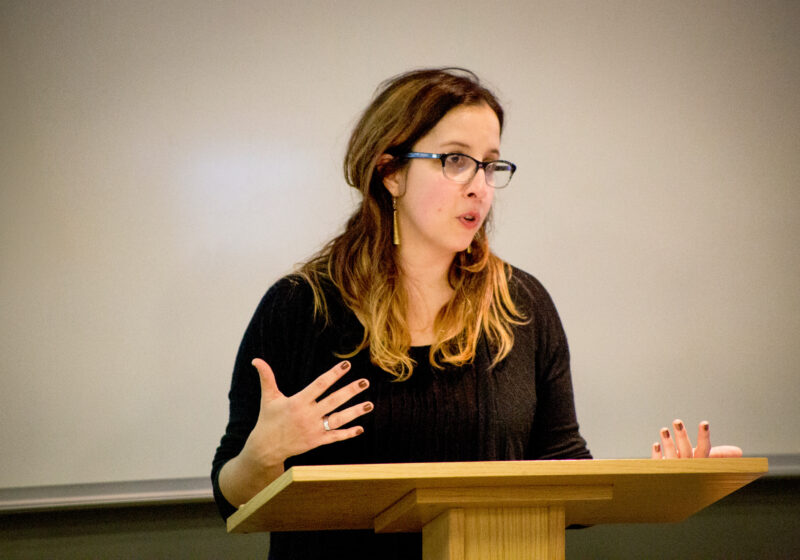The Occupy Wall Street protest that originated in the financial district of New York City was born out of the frustrations of average Americans who are irritated with political and financial leaders who have failed to tackle the country’s economic woes and the political gridlock in Washington D.C.
When the protest began, it had no structural organization — no affiliations could be claimed by any public figures who may have been involved in legislating a change. Essentially, this demonstration was entirely made up of individuals who were tired of being stuck in their current economic situation. In fact, both the media and politicians have been reluctant to recognize this fact.
The Occupy Wall Street protest is truly representative of the U.S., as it includes a wide demographic of the population. This demonstration is made up of individuals like soccer moms, small-business owners and even some Tea Party members.
According to a poll from Time magazine, of those surveyed, 57 percent of males, 51 percent of women, 60 percent of youths between the ages of 18 and 34 and 51 percent of seniors have a positive view of the Occupy Wall Street outcry. More surprisingly, this revolt against corporate America includes members of the major political ideologies — democrats and republicans — as well as many independents. For instance, of those surveyed, 55 percent of independents and a third of republicans favor this grassroots movement.
The Occupy Wall Street demonstration is hugely supported by the idea that Wall Street and its proxies exert too much influence over the political process — according to a poll from Time, 86 percent of those surveyed, of which 77 percent were republicans, supported such a claim. The main message from this progressive moment is to get money out of politics, perhaps by passing an amendment to the U.S. Constitution that would overturn the Supreme Court’s Citizens’ United ruling in which corporations are treated as people.
What this demonstration has been able to grasp is that, no matter what side of the political spectrum one belongs to, we can all agree that the continuous widening of the gap between the poor and the wealthy must stop. In order for the United States to have a sustainable and competitive economic model, it must invest in and maintain a large and strong middle class.
Unions and influential political leaders are just now beginning to embrace this progressive movement. Chuck Loveless — the top lobbyist for the primary public employee union, the American Federation of State, County and Municipal Employees (AFSCME) — told a group of influential individuals at a White House meeting that, “We should all recognize that we are in a new moment.”
Nevertheless, these unions and political leaders have been eager to help the demonstrators in every way possible, but have been careful to not become an influential advocate of the movement, as it might undermine the protesters’ message in the eyes of many Americans. The Occupy Wall Street movement will perservere only if it can claim that it is led by average citizens — not political or financial leaders.
Critics have quickly singled out certain flaws of the movement, mostly claiming that the protestors are too vague on what they want to accomplish, and their lack of ideas on how to implement the reforms they seek. Rosemary Feurer, a history professor at Northern Illinois University who studies labor and social movements, points out that movements don’t start with goals and demands. “They always start with grievances,” Feurer said. “The key is people gathered in a sustained way.”
Yet in order for the movement to last and eventually play a big role in U.S. politics, protestors will have to clarify their goals. Not to mention, the movement will have to negotiate between principle and pragmatism. Together, — not divided — American citizens can bring about the necessary reforms that will bring prosperity to the U.S.
Benitez is a member of the class of 2015.



